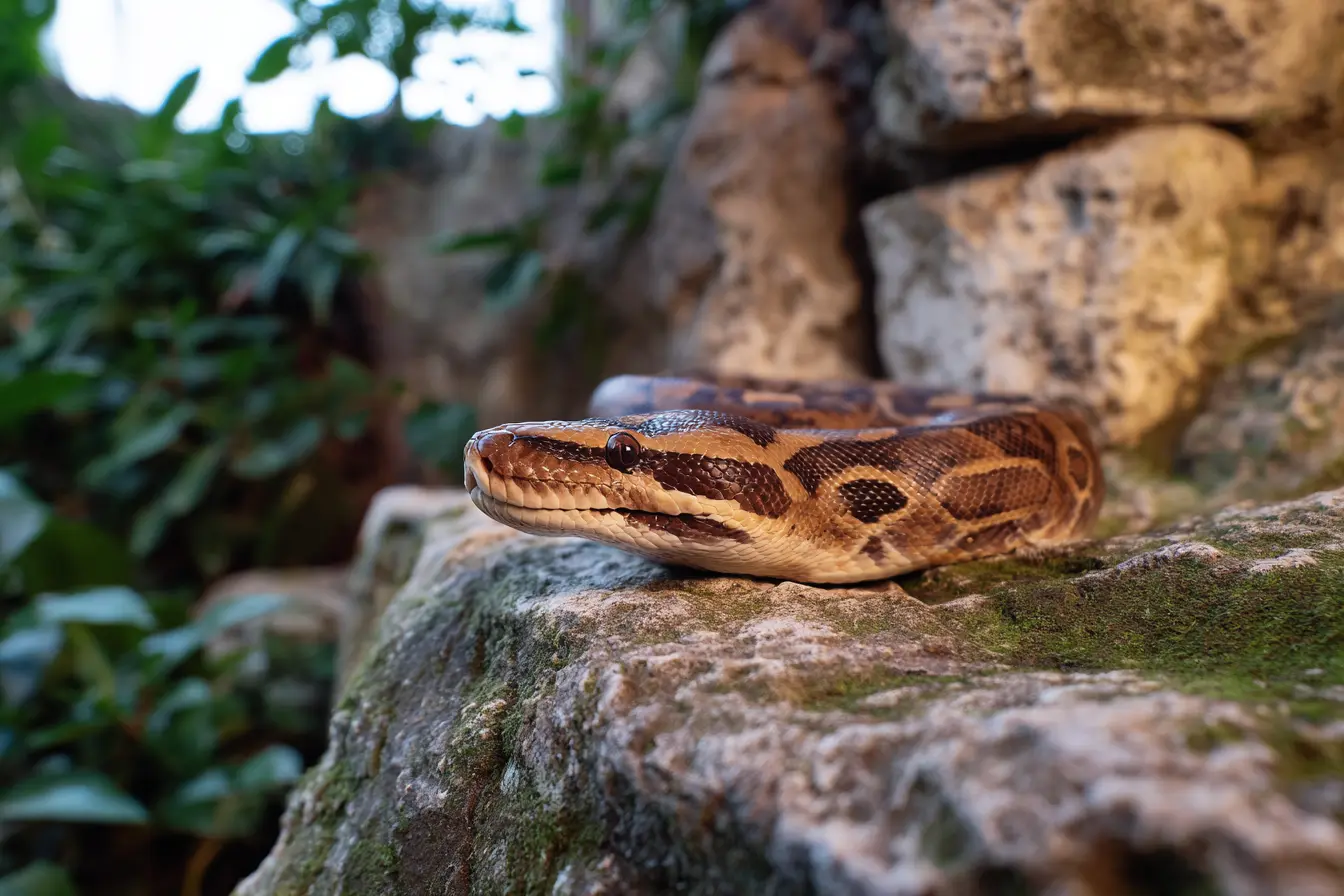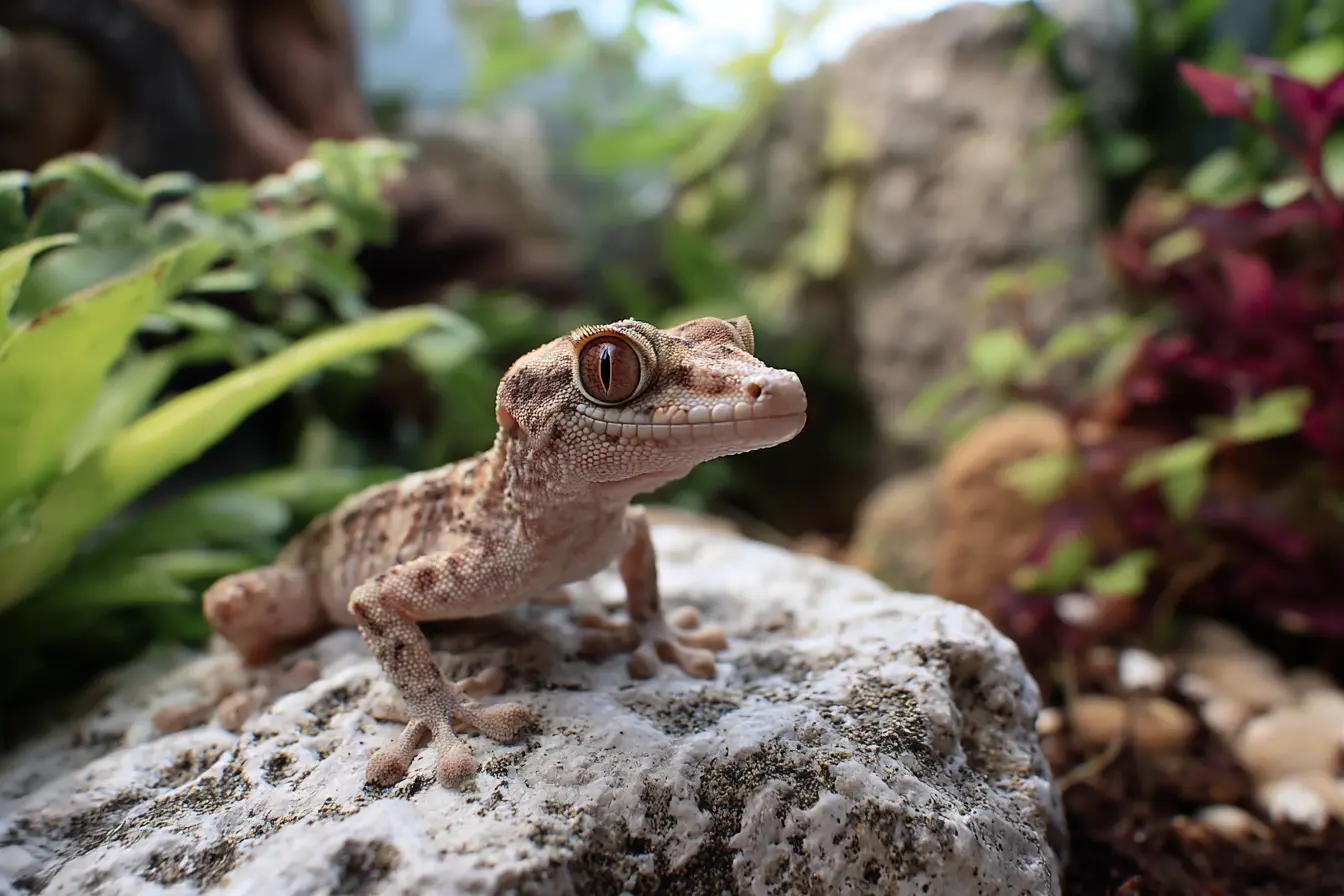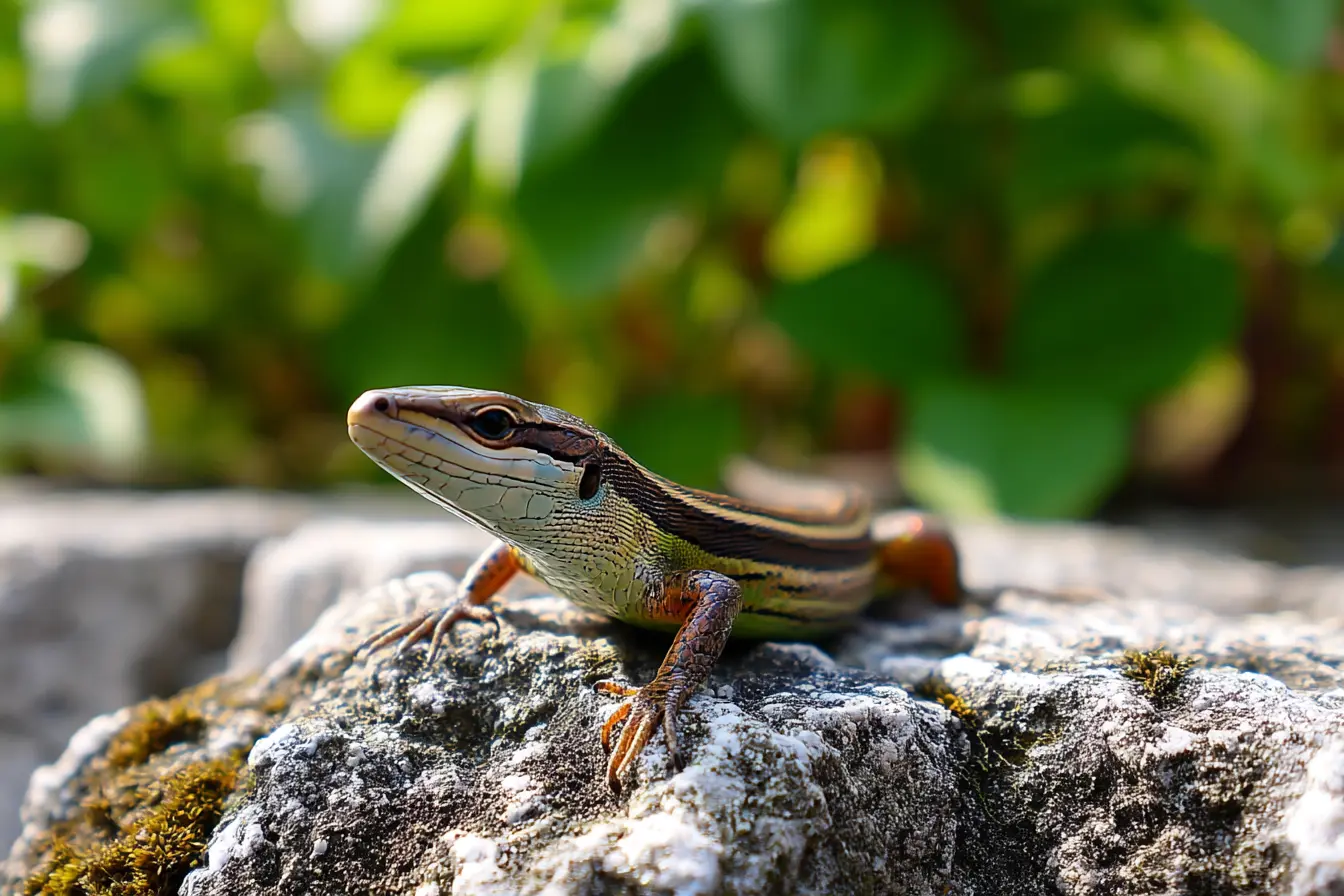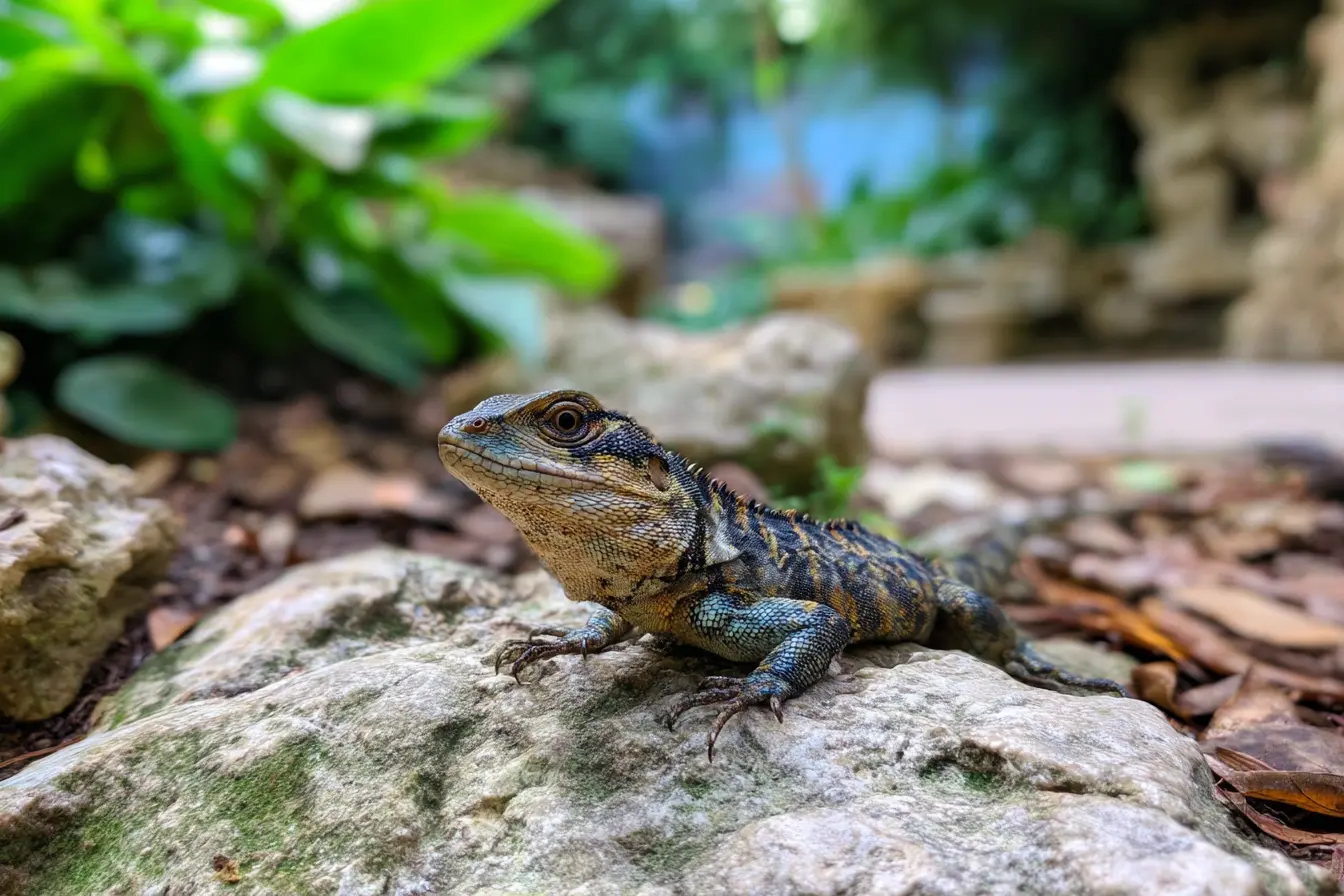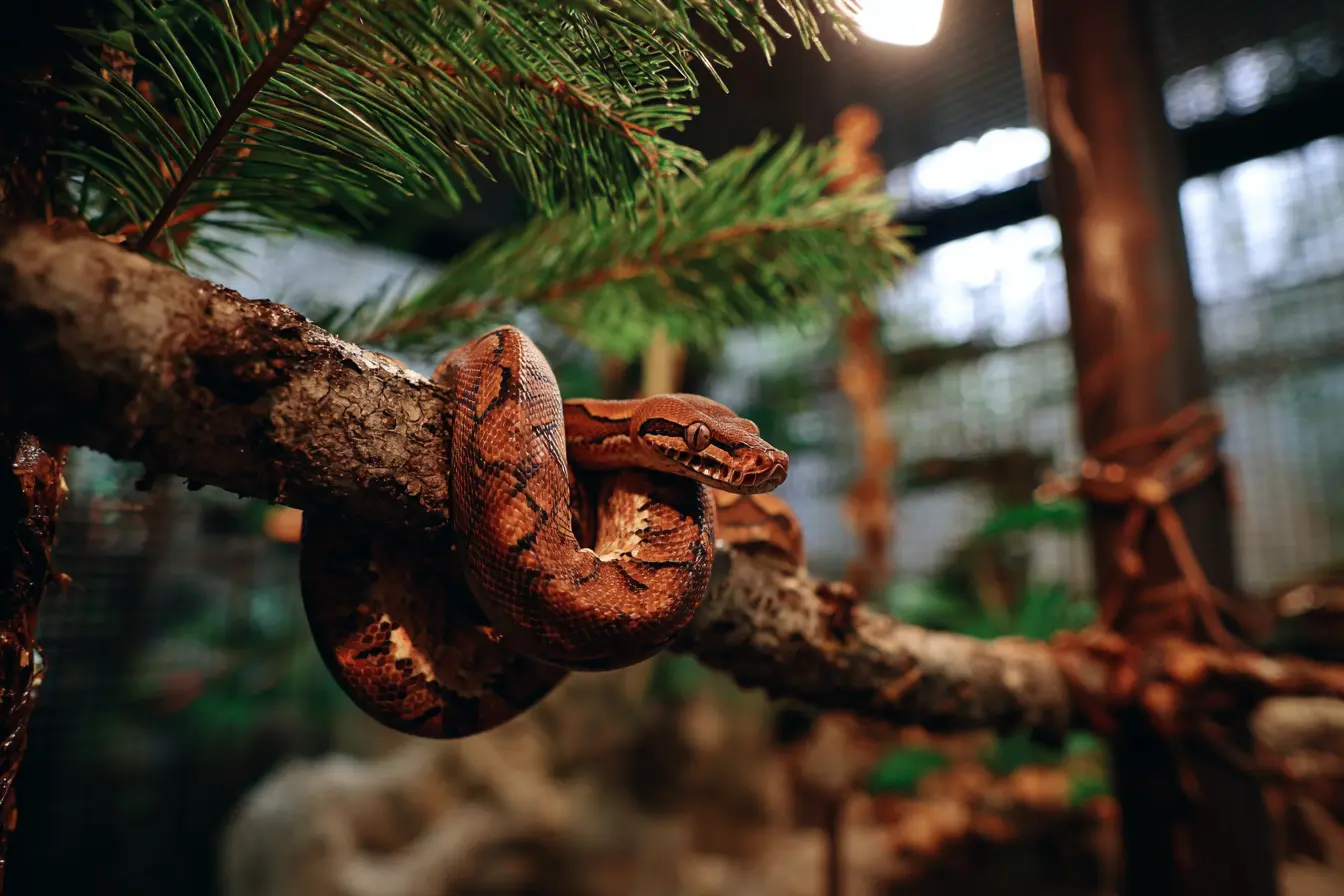
Considering an Amazon Tree Boa? What You Need to Know Before Bringing One Home
Amazon tree boas are among the most visually striking and behaviourally fascinating snakes available in the exotic pet trade. Their vivid colouration, slender bodies, and arboreal habits make them a favourite for experienced reptile enthusiasts seeking something unique. However, their care requirements and defensive nature mean they’re not ideal for beginners. If you’re thinking about keeping an Amazon tree boa in the UK, here’s everything you need to know to make an informed decision.
Introduction to Amazon Tree Boas
Amazon tree boas (Corallus hortulanus) are native to the rainforests of South America, particularly the Amazon Basin. They are non-venomous, constricting snakes known for their incredible variety of colours and patterns, including shades of red, yellow, orange, grey, and brown.
These snakes typically grow to between 1.2 and 1.8 metres (4 to 6 feet) in length, with a slender, prehensile body adapted for life in the trees. Despite their manageable size, they are known for their defensive temperament and are more of a display species than a handling pet.
Legal Requirements in the UK
No Special Licence Required
Amazon tree boas are not listed under the Dangerous Wild Animals Act 1976, meaning they can be legally kept in the UK without a special licence. However, you should still check local council regulations and ensure you source your snake ethically and legally.
Ethical Acquisition
Always buy from a reputable breeder or rescue that specialises in captive-bred animals. Wild-caught boas may carry parasites, be stressed from transit, and are more likely to display defensive behaviour. Captive-bred individuals are typically healthier and adapt more readily to enclosure life.
Setting Up the Ideal Habitat
Enclosure
- Size: A vertically-oriented enclosure of at least 90 x 45 x 90 cm (3 x 1.5 x 3 ft) is recommended for an adult. Height is essential, as these snakes are highly arboreal.
- Furnishing: Include numerous perches, branches, and plants (real or artificial) to mimic a forest environment and support climbing behaviour.
- Heating: Provide a thermal gradient with a basking spot at around 30°C (86°F) and a cooler end of around 24°C (75°F).
- Humidity: Maintain a high humidity level between 70–90%, achieved through daily misting, a large water bowl, and a moisture-retaining substrate such as coconut husk or sphagnum moss.
Lighting
While they do not require UVB, providing a light cycle (12 hours light/12 hours dark) with full-spectrum lighting can help replicate natural conditions and support a healthy routine.
Diet and Nutrition
Amazon tree boas are obligate carnivores and feed primarily on small mammals, birds, and reptiles in the wild.
- Feeding Frequency: Juveniles should be fed once every 7–10 days; adults can be fed every 10–14 days.
- Prey Size: Prey should be roughly the same width as the snake’s body.
- Feeding Caution: Use tongs to offer food, as Amazon tree boas may strike aggressively due to their strong feeding response.
Health Considerations
Though relatively hardy when captive-bred and kept correctly, Amazon tree boas are susceptible to:
- Respiratory infections if humidity is too low or temperatures fluctuate
- Mouth rot (stomatitis) caused by poor hygiene or enclosure injuries
- Shedding issues in low humidity conditions
Schedule annual check-ups with a reptile vet and monitor closely for signs of illness.
Handling and Behaviour
Amazon tree boas are known for being defensive and quick to strike. They are best kept as a display species rather than a pet to handle regularly.
- Handling Tips: If you must handle your snake, do so with a snake hook and avoid sudden movements. Begin short, infrequent sessions once the snake is well-established and feeding consistently.
- Temperament: While some individuals calm with age, most retain a reactive and solitary disposition.
Conclusion
Amazon tree boas are a stunning and captivating species for the dedicated reptile keeper. Their arboreal lifestyle, varied colouration, and intriguing behaviour make them ideal for display and observation. However, due to their temperament and specific care needs, they are better suited to those with previous experience in keeping snakes. If you're up to the challenge, an Amazon tree boa can be a rewarding, albeit hands-off, addition to your reptile collection.
Related Vets
Vets near you
Speciality vets
- Aquatics vet specialists
- Birds vet specialists
- Camelids vet specialists
- Cats vet specialists
- Cattle vet specialists
- Deer vet specialists
- Dogs vet specialists
- Equines vet specialists
- Exotic vet specialists
- Goats vet specialists
- Pigs vet specialists
- Poultry vet specialists
- Sheep vet specialists
- Small Mammals vet specialists
- Wild vet specialists
